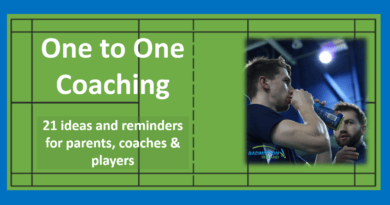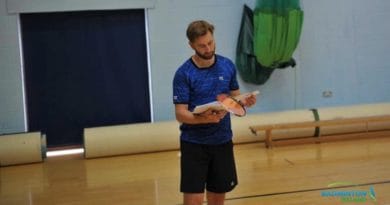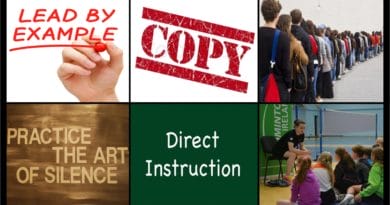6 Ways to improve your multi-shuttle practice
What are the elements you need for a great multi shuttle practice?
Have you thought about what you do and if it’s really helping you improve?
Here are 6 tips that will ensure you have a great practice
Where did you learn to multi shuttle?
How much time have you spent understanding how to get the best out of this practice?
– – – – – – – – – – – – – – – – – –
1. Decide why you are using it
2. Measure it’s success or failure
3. Learn how to feed and to be a great feeder
4. Plan your session to maximise your effectiveness
5. Imagine, visualising, thinking
6. Consider alternatives
– – – – – – – – – – – – – – – – – –
1. Decide why you are using it and be clear about that
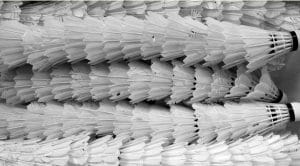
There are certainly some benefits of multi-shuttle practice, I recommend that players and coaches consider using it.
However, these are at least 5 aims I believe for you to use multi shuttle practices. I wonder if you will agree with me.
There are also 2 others that some coaches believe can be effective: to develop tactical understanding and to develop anticipation. I don’t believe that either of these aims is best achieved by using multi shuttle practices. They are not effective at producing long-term skills and could even harm or prevent the original aim.
I recommend that you keep an open mind as it’s certainly not the ‘perfect practice’ to develop all aspects of your game, more about this later.
Do you have opinions on the effectiveness of the multi shuttle practices you see being promoted on Instagram, Facebook and YouTube?
Multi-shuttle will help if you want to improve your …..
- Technique – the ability to hit/move in a single shot rally. Your performance in practice will certainly improve.
- Power – the ability to develop those explosive hitting and moving actions on the court as you would in the gym.
- Endurance – an easy way to increase the duration and distance of on court movements far beyond your normal rallies. Your mistakes will not stop the next shuttle from coming over.
- Reaction – experience over speed practices that create situations faster than a normal rally. It’s a very common YouTube multi-practice.
- Confidence – Very important if you just want to feel good or have a tournament soon. Reduce the amount of uncertainty by asking the feeder to deliberately adjust the feeding so that you have a higher degree of success.
Do you agree that these 5 aspects can be improved with multi?
I don’t believe that tactics or anticipation are best improved using multi-shuttle
– – – – – – – – – – – – – – – – – –
2. Measure its success or failure
An effective Multi shuttle practice is not just about hitting lots of shuttles as fast as you can and making people run. Neither is it copying the programs you’ve seen on Instagram and Facebook.
Firstly you need to decide why you are using it and ensure that you design a program to try out on court. Then decide what measures you could use.
Do you measure the effectiveness or just complete the program?
Have you considered ….
- Ask players how they felt during the session and compare their responses with your own (if you are the coach). Do you both have the same observations?
- Use a Heart Rate monitor as it’s great for assessing the work rate of the player, if that is your aim. You could decide to work within designated HR zones for both work and rest. Plus if the program is repeated over time there will be plenty of evidence for comparison.
- The R.P.E. rating system, it’s quicker and cheaper than using a HR monitor, another intro video
- Practice with an opponent. It may sound obvious but how often do you introduce an opponent in your practices? Someone who tries to exploit your opportunities or returns your shuttle. Consider this to be halfway between a closed (unopposed) multi and a competitive match.
- Look closely at what happens in competition. Finally, do those near-perfect multi shuttle practice techniques appear in competition against an equally matched opponent?
The goal isn’t to become great at multi shuttle
It is to use your multi shuttle improvements to gain an advantage over an opponent in a match. There is no guarantee that one leads to the other
– – – – – – – – – – – – – – – – – –
3. Learn how to feed and how to be a great feeder
There is more to this than you may think!
I’m sure most people can stand on court, hold 10-12 shuttles, and hit them over the net. They may even be able to feed them quickly, faster than a normal rally.
However, what are the tips and tricks to becoming a great multi-feeder, so good that no one complains about the quality of your delivery.
How to become a great feeder
A professional coach once told me that “anyone can feed in a multi but the quality of the practice is governed by the quality of the feeder“.
I presume that they were talking about the decisions the feeder makes not their ability to hit the shuttles. But what are those qualities and thoughts?
Is it possible to improve knowledge around multi shuttle or do most people get fixed over speed feeding, overhead feed smash power, or just copying the latest world-class Instagram post?
Please don’t look in coach education manuals for information because as of today (Jan 2022) this is hardly any information available, almost none.
I recommend that you stop feeding and consider what you are doing, the ‘why’ behind your session. Talk with other coaches and push hard to find the theory behind the session. I guess that very few coaches can describe in detail the various thoughts when they have, and how that differs from other multi-sessions that have alternative aims/goals.
If you are lucky to find someone who can describe the ‘how’ (planning) and ‘why’ (the rationale/theory), then make it your mission to learn as much as you can from them. However, this doesn’t mean copying what they do, unless you copy their thinking processes! 🙂
How often does someone compliment you on your multi-feeding?
…. or do they complain that the feeding doesnt feel like a match rally?
Score your ability to feed out of 10 pts for each of these factors
- Holding 15-20 shuttles …. ?/10
- Feeding underarm accurately …. ?/10
- Feeding overarm accurately for smashes & clears …. ?/10
- Feeding faster than game rally by hitting down from the net …. ?/10
- Observing the player and deciding to ‘hold’ or change the feed …. ?/10
- Realising when the player has fatigued and the practice no longer is effective …. ?/10
- Determining what the next feed should be, does it look like a competition rally (is that possible?) … ?/10
- Designing a program that is specific to that player that includes work & rest elements. Therefore the aim clear …?/10
- Evaluate (during the session) how well the practice is working to achieve the aim/goal, and knowing how to change it …?/10
Which of these 9 factors do you think are the most important?
Improve by watching from the experts
Learn how to feed accurately and efficiently from low positions
How to do multi shuttle smash feeding using an overhead style
The tips to increase tempo and precision with your feeding
– – – – – – – – – – – – – – – – – –
4. Plan your session to maximise your effectiveness
To maximize the effectiveness of all your sessions and especially multi-shuttle sessions you must ask yourself these questions
- What is the aim of this session: can you state it?
- How am I going to achieve it: what methods do you intend to use?
- What motivations/emotions/thoughts do I need: just turning up and hitting shuttles is not enough!
It’s very easy for players to switch off (mentally) and merely return shuttles
This also applies to feeders: do you have a plan and an intent or do you just feed?
 Top 5 tips for planning a great multi-session
Top 5 tips for planning a great multi-session
- Decide what your aim is: which of the 5 main uses are you working on?
- Big numbers (reps & sets) do not necessarily equal improvements, choose them carefully.
- Rest periods are important, have you considered when and how long?
- Ensure that the player has an objective in mind, it’s very easy to just run and switch off.
- Does the feeding make sense, would that pattern actually happen in a rally?
How do you determine if your multi-practice really is replicating the skills and aspects required in a real game?
– – – – – – – – – – – – – – – – – –
5. Imagine, visualising, thinking
Players, you may find this tougher than you expect. You may prefer not to ‘think’ and just hit shuttles back.
Having a picture or scenario in your mind while working through a multi shuttle could affect how you perform. Your performance may vary depending on what aspects you are willing to consider.
A match is full of uncertainties, but also plenty of moments when you can influence what happens
What influence do you have as a player in a multi shuttle practice ?
What thoughts could you have

Imagining it’s a real match
Can you create those pictures (scenarios) in your mind that replicate moments of a match. Try thinking of the feeder as your opponent, especially if their feed is poor, can you capitalise on it!
Focusing on a physical element
Multi shuttle is great for extending your physical abilities. Be prepared to feel as you would in the gym or on a run. Ensure that you communicate with your feeder and adjust the intensity. Work hard at creating a positive mindset as the fatigue starts, and it will!
Do you realise that it’s highly likely the quality & consistency of your strokes will decrease as you fatigue? Therefore multi should not be considered a ‘consistency’ type practice. I would even suggest that multi cannot improve your match consistency!
Experiencing ‘beyond the game’ conditions
Multi shuttle is great for experiencing aspects beyond your current playing standard. Imagine that you are playing some of the top players in the world!
Have you tried …
- Overspeed multi where the feeder delivers the next feed faster than it would be in a match. This is especially good for doubles defensive practice. In fact, there are many doubles situations that benefit from overspeed training. Your mindset needs to be positive as it’s likely that you will make mistakes 🙂
- Extending rallies and pushing yourself so that you experience physical demands greater than your current level. This is great for developing your mindset to cope when fatigued. You’ll need a considerate feeder who can control the practice, allowing you to just reach the next shuttle as you eventually slow down.
I recommend that you create an inquisitive mindset that seeks to find out how your limitations compare to those of players better than you
– – – – – – – – – – – – – – – – – –
6. Possible dangers and alternatives you could consider
There are dangers or disadvantages of using multi shuttle, especially if it’s the main type of practice.
Have you ever considered what they could be? Maybe you have experienced some of these, please let me know if have and how you overcame them.
Challenges & possible disadvantages
- You become great at the practice rather than becoming better in a match. This could be tough to measure, but do you know of players who are awesome in multis but less so in competition?
- Your feeder needs to be assisting you in achieving your goal. This means that their feeding will and must vary as your goal changes. Hopefully, you know this already!
- Should you be counting the mistakes? Is this something that you do and if so, how do you use the information?
- Have you designed rest periods into your session? You should have this in your S&C programs, so why not your multi-sessions.
- If you feed 100’s of shuttles you may get a very sore arm and lower back!… is this you now? Multi feeding can be hard on the feeder as well as the player.
Alternatives
- Play games! Ensure that your weekly practice involves more gameplay than multi-practice.
- Look for practices where your stroke has an impact on your feeder/opponent and that you can capitalise on the advantage/opportunities that you create. This is possibly one of the top skills in badminton.
- Start every multi off with a stroke of your own then allow the feeder to play as if they were an opponent. It’s certainly possible for most multi practices, apart from overspeed training.
- Discuss with your coach and other players the experiences you have. You may find that others have some good ideas to help improve the multi shuttle practice.
– – – – – – – – – – – – – – – – – –
Who is going to be the first person to write a book advising on how to design & monitor player development using multi shuttle practices?
It is certainly needed, will it be you ? 🙂
– – – – – – – – – – – – – – – – – –

Do you want to take the Multi-shuttle survey?
Click here to read the post that introduces the survey.
You’ll find the survey at the end of the post.
If you want to jump straight to the survey just click this image
I appreciate any and all thoughts you may have 🙂
– – – – – – – – – – – – – – – – – –
If you’d like to comment on any of the posts please do send me an email to contact@badmintonandy.com
Thank you for reading this far 🙂





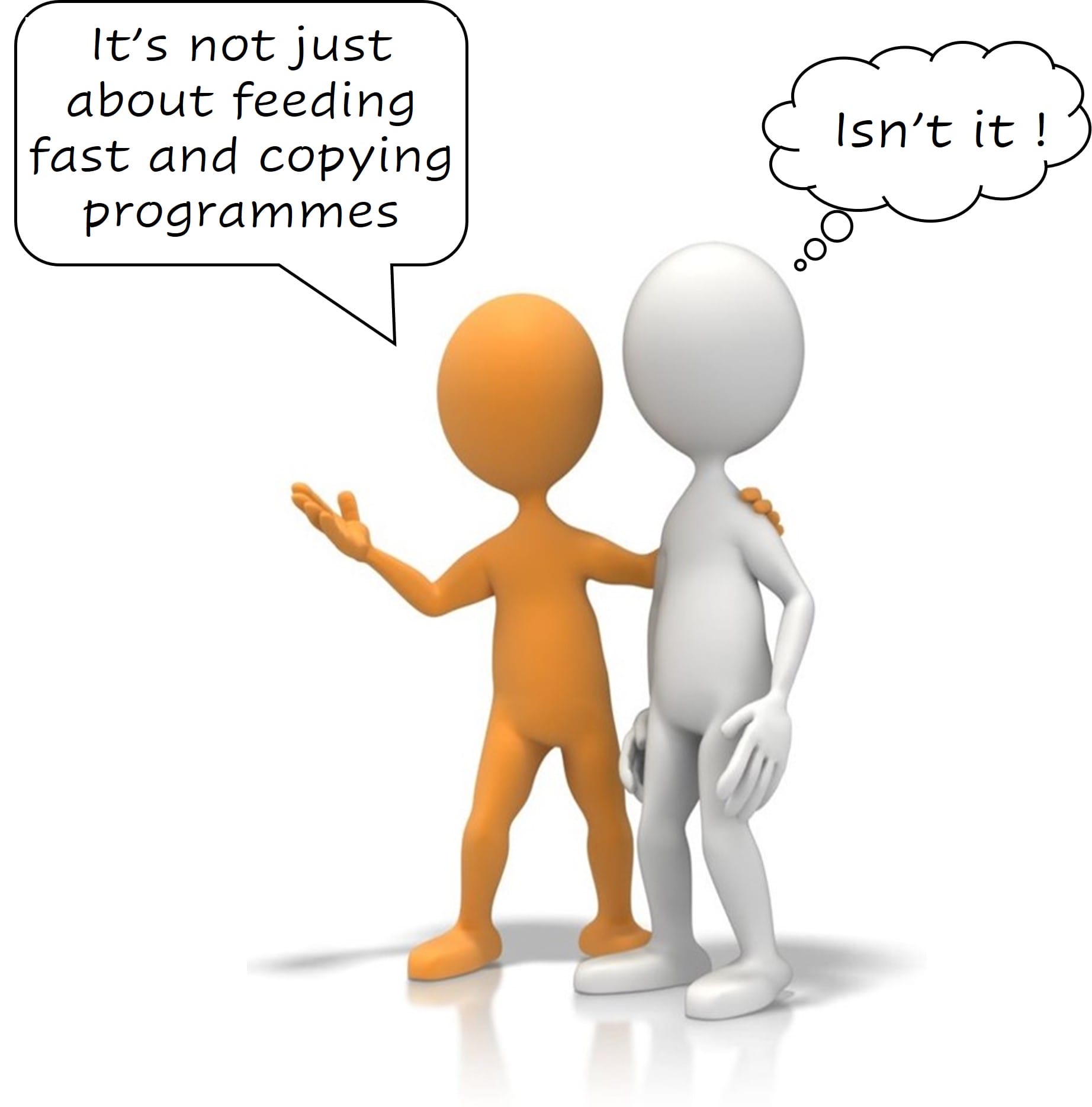

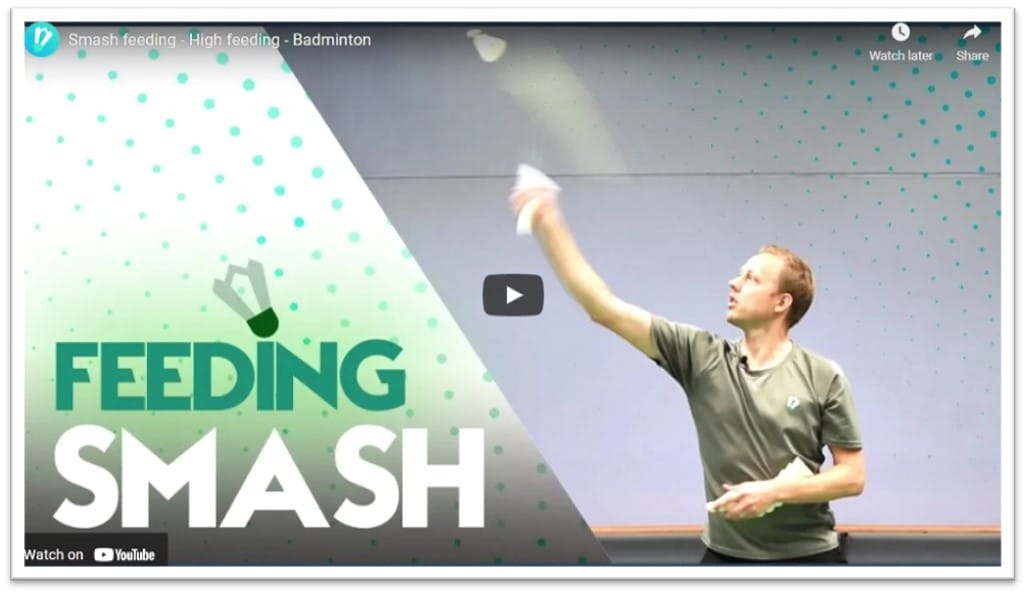

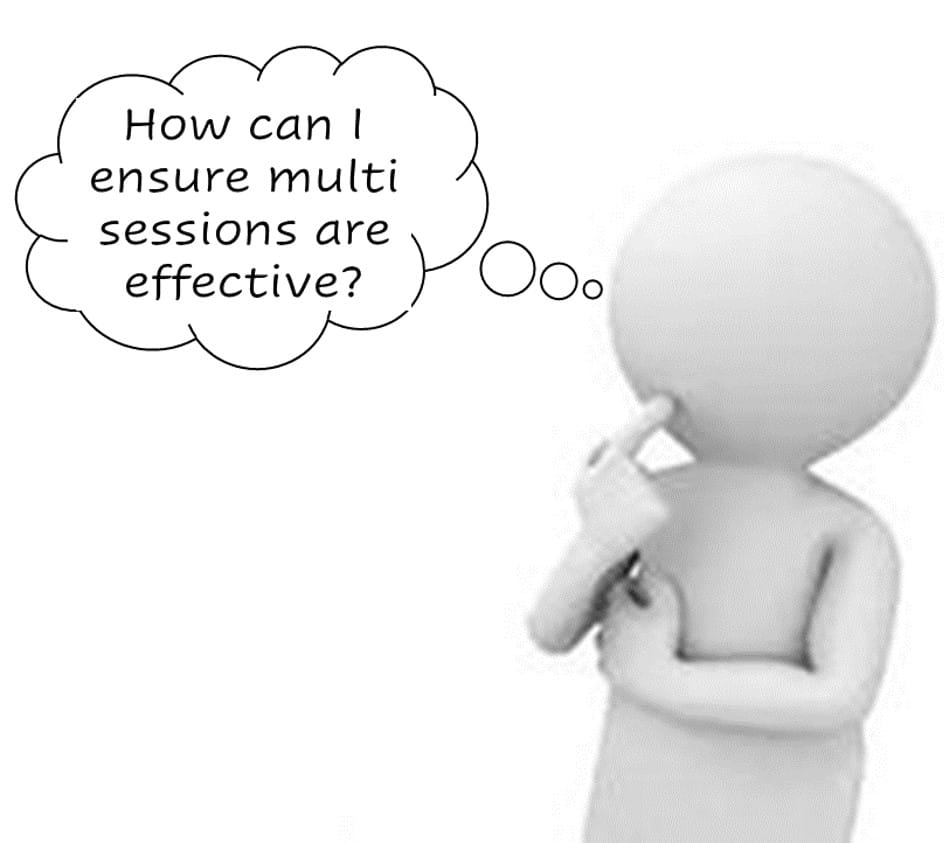 Top 5 tips for planning a great multi-session
Top 5 tips for planning a great multi-session